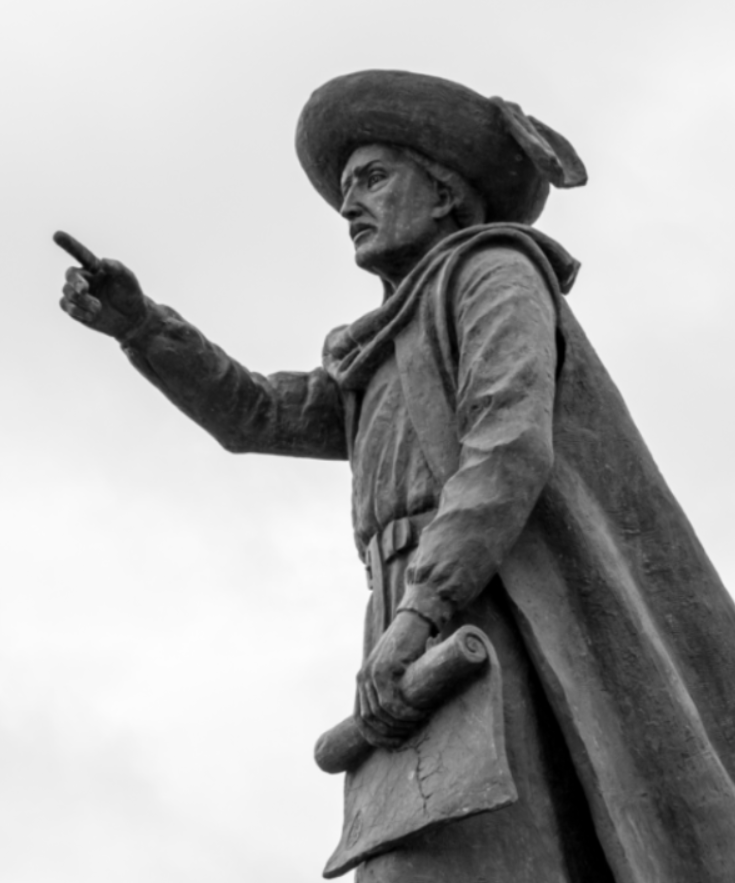- UNITS
- Unit 6 - Prince Henry the Navigator
- The Game of Words
- Prof. Xue and Luk's Conversation
- An Active Reader
- Asking Questions
- Language Knots
- Test Corner
- LEARNING

♦ This introductory exercise aims to give you a feel for the sound and rhythm of the language, whilst presenting an overview of the maritime topic at hand. ♦ By reading and then listening to the accompanying audio, you’ll discover how words are pronounced and some simple sentence structures. ♦ Once you are comfortable with how the written and spoken words are connected, you’ll be ready to focus on keywords in the next exercise.
Prince Henry the Navigator
In the year 1400, Europe was far from the centre of the world. China had more advanced technology, and the Ottoman Empire threatened south-east Europe. By the year 1600, European countries were the most powerful and richest in the world.
There were many reasons for this change, but a very significant one is the Great Age of Discovery. By 1600, Europe had power and influence through Asia, the Americas and Africa. These new trade routes, colonies, and resources were central to Europe’s domination of the globe.
The Great Age of Discovery really started in Portugal. After the 14th century, Genoese and other European sailors had found island groups like the Azores, Madeira, and the Canaries. However, no modern European had sailed further down the West African coastline, the area was uncharted.
A Portuguese prince, now known as Henry the Navigator, paid for exploratory expeditions further and further down this coast. He employed the most skilled sailors from all around Europe, and instructed them to make detailed charts and maps on their journeys. There were legends of sea monsters and ocean demons in these unknown waters, the sailors were terrified of encountering them. The captains needed to inspire courage and bravery in their crews, to stop the scared sailors from mutiny.
Over this period, the Portuguese designed new ships called caravels. These were narrow boats, with two or three masts, rigged with triangular lateen sails. They were smaller and had limited space for cargo, but they were fast and maneuverable. So they were suited to exploration, both across seas and up new rivers.
The first breakthrough was in 1434, when Henry’s captain, Gil Eannes, sailed around Cape Bojador (“Bulging Cape”). Then other expeditions sailed up rivers in Senegal and the Gambia in 1445 and reached Cape Verde islands in 1456. Every new trip brought back more accurate information, and maps began to appear of West Africa. Prince Henry died in 1460, but the Portuguese expeditions continued under King Alfonso V, and his son John II. The expeditions were now organised and paid for in secret. The Portuguese realised the commercial opportunity of Africa and its gold, and they didn’t want competition from other nations.
The next major journey of this Portuguese Age of Discovery was made in 1487. King John hired Bartolomeu Dias for an ambitious expedition to sail past the equator and further south. There was a huge storm, and this pushed Dias and his ships further south than ever before. The weather calmed and in February 1488, Dias landed in today’s Mossel’s Bay. The weather forced Dias around the Cape of Good Hope, and European sailors were half the way to India.
